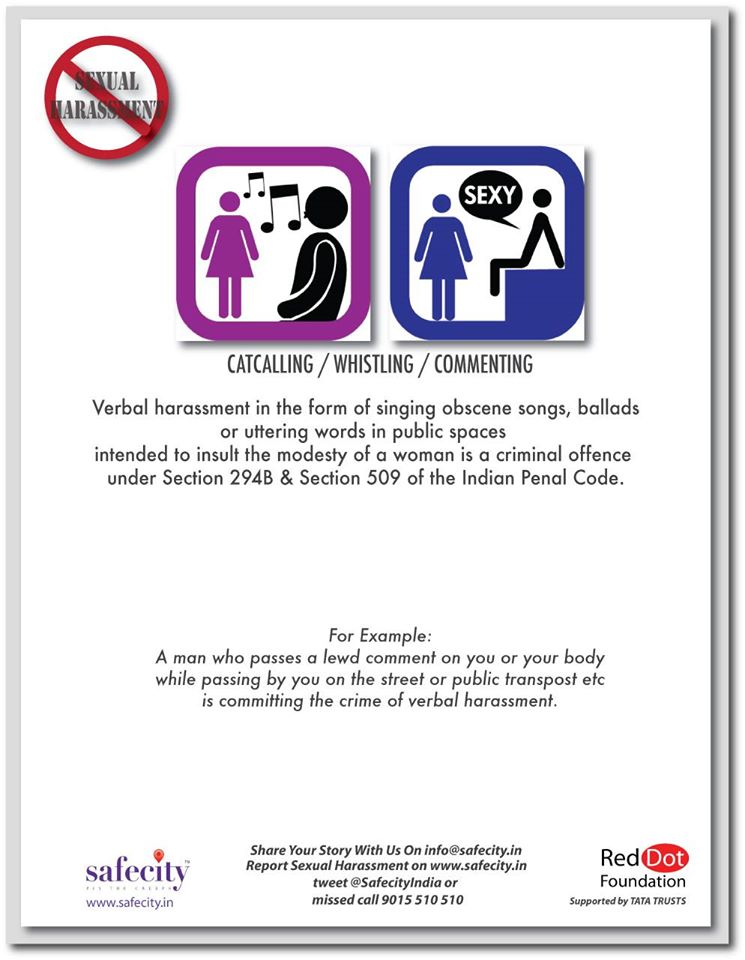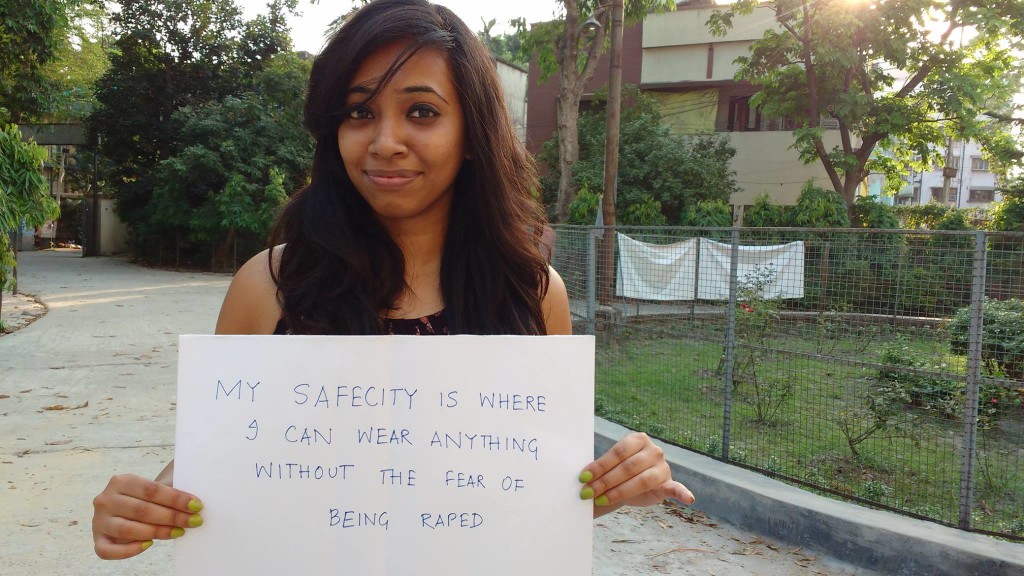Hope Herten, IL, USA, SSH Blog Correspondent
According to an informal study conducted by the organization Hollaback! in 2015, nearly 67% of female students experienced some sort of sexual harassment on campus. This figure may seem shocking, but what I find the most disturbing is that despite research and meek attempts to curb catcalling and other forms of sexual harassment, this number has remained stagnant for years. In 1996, a study was published that looked at two different colleges, reporting the 68% of the women in their study had experienced sexual harassment on campus, not only walking between classes, but many of them experiencing some sort of harassment by male peers while in class (Ivy & Hamlet). Similarly, an extensive report published in 2005 by AAUW found that that two-thirds of their participants had experienced sexual harassment while at their university (Hill & Silva). The 2005 study reported that the top three reasons student gave for harassing their peers were (1) “I thought it was funny”, (2) “I thought the person liked it”, and (3) “it is just a part of school life/ a lot of people do it/ it is no big deal”.
As a female college student in Chicago, I expected that I would experience harassment, but I never imagined that my peers would be the ones harassing me or my friends. During her freshman year, a friend of mine experienced frequent harassment from a random guy in our university’s commons. To avoid that constant harassment, she had to go out of her way to avoid him in ways that made her own life much harder. Now that she’s in her third year, she is still occasionally approached by him on campus, whether he is following her to the bathroom or asking her out. To be faced with this issue not once, not twice, but multiple times from the same person is unacceptable. She says that she rarely feels threatened by him, but the frequent harassment is an additional unnecessary nuisance to her day. She is not the only one of my friends who faces harassment on campus, whether it is the hallways, the quad, the student union, or even the classroom; many female students at my university face this frequent hurdle in their pursuit of academic success.
The deep-rooted integration of technology has been a blessing and a curse. Though more people have a voice on the internet and information is more readily available, it has opened a new door for sexual harassment on campus. Social media accounts meant for anonymous submissions of confessions and crushes at my university have allowed for a new avenue of harassment. Many women on campus have been publicly shamed and objectified using these platforms, with no repercussions for the men submitting them. One student complained about appearing on these Twitter accounts multiple times; one of the posts was even commenting on the clothes she wore to the gym and calling her a “sexy babe”. Students should be able to go to public places on campus and feel comfortable walking around or working out without the fear of being talked about publicly, and anonymously, online.
Women have been experiencing harassment on campuses for decades across the country, both at public and private, big and small, and religiously-affiliated or secular institutions. It seems that no matter how committed an institution is to providing the best education possible, this one issue is constantly put on the back burner.
All students, regardless of gender, sexuality, race, or ability, deserve their right to pursue their education in a place where they are valued and respected parts of the community. From personal experience, I know that it is difficult to focus on school when you are nervous about going to specific places at certain times, if you don’t want to go to class because of that one man who won’t leave you alone, or, now because of technology, fear being called out online for participating in a wide array of activities from going to the gym or drinking at a party. College is a place to grow as a person intellectually, spiritually, and socially; everyone deserves to feel safe pursuing that education.
What can we do to draw attention to this issue and push administrators to action? Once we have the critical mass to create change, what concrete strategies do we have to stop harassment?
Hope is a full-time undergraduate student studying public health and Spanish in Chicago, IL. During her time in Chicago, Hope has participated in many protests and events trying to call awareness to women’s issues on campus and in the broader Chicago community. Follow her on Twitter @hope_lucille or check out her public health blog.

 The
The 